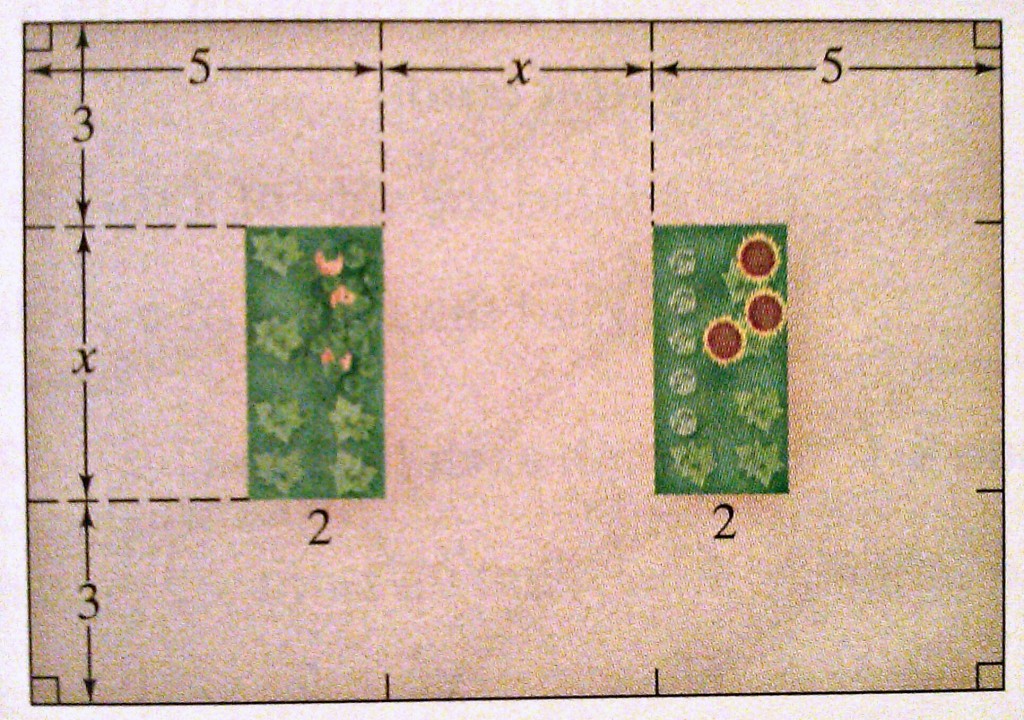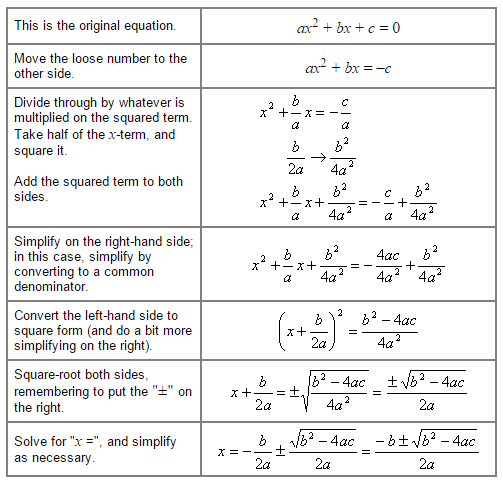[expand title=”Working with polynomials”]
- PH 8-1
- Degree of polynomial
- Adding polynomials
- Subtracting polynomials
- Assignment: P. 373-374 (1-49 odd)
- PH 8-2
- Multiplying and dividing polynomials
- Factoring out a common factor
- Assignment: P. 377-378 (1-31 odd, 35-39 odd)
[/expand]
[expand title=”FOIL”]
- PH Activity Lab P.380
- Algebra blocks
- Exercises 1-6
- PH 8-3
- Multiplying two binomials
- Using the distributive property
- FOIL
- Assignment: P. 383-384 (1-37 odd, 51)
[/expand]
[expand title=”Factoring quadratics (trinomials)”]
- PH 8-5
- Factoring positive and negative trinomials of the form
- Assignment: P. 397 (1-29 odd)
- Factoring positive and negative trinomials of the form
- PH 8-6
- Factoring trinomials of the form
- Assignment: P. 401-402 (1-31 odd)
- Factoring trinomials of the form
- PH 8-7
- Factoring special special cases
- Perfect squares
- Difference between squares
- Assignment: P. 407 (1-37 odd)
- PH 8-8
- Factor by grouping
- Assignment: P. 413 (1-37 odd)
[/expand]
[expand title=”Quadratics Quiz”]
[/expand]
[expand title=”Square Roots”]
- PH 9-3
- Square roots: Principal square root and negative square roots
- Rational and irrational square roots
- Estimating square roots
- Assignment: P. 442-443 (1-47 odd)
[/expand]
[expand title=”Solving Quadratics”]
- PH 9-4
- Finding x-intercepts – Roots or Zeros
- Assignment: P. 447-448 (1-21 odd, 35, 37)
- PH 9-5
- Factoring to solve quadratic equations
- Using the zero-product property
- Assignment: P. 454 (1-33 odd)
Challenge
You are building a rectangular patio with two rectangular openings for gardens. You have 124 one-foot-square paving stones. Use the diagram below, what value of x would allow you to use all of the stones?
[/expand]
[expand title=”Completing the Square”]
- PH 9-6
- Completing the square
- P. 458-459 Ex 2-4
- Assignment: P. 460 (1-35 odd)
Small Steel Frame

Your company is going to make frames as part of a new product they are launching.
The frame will be cut out of a piece of steel, and to keep the weight down, the final area should be 28 cm2
The inside of the frame has to be 11 cm by 6 cm
What should the width x of the metal be?
[/expand]
[expand title=”Deriving the quadratic equation from standard form”]
Now try with
- PH 9-7
- Quadratic Formula
- Derivation from standard form of a quadratic
- P. 464-465 Ex 1-3
- Assignment: P. 466-467 (1-33, 37)
[/expand]
[expand title=”Using the quadratic equation an the Discriminant”]
- PH 9-8
- Using the discriminant
- Quadratic equations can have 1, 2, or zero real solutions. The discriminant allows us to determine the number of possible solutions before we solve.
- If the discriminant > 0, there are two real solutions
- If the discriminant = 0, there is one real solution.
- If the discriminant < 0, there are no real solutions.
- Example 1-3
- Assignment: P. 472-473 (1-31 odd)
[/expand]
[expand title=”Application of quadratic equations”]
Answer – Quadratic word Problems II
SolvingQuadratics-Re-engagement
Triple the fun with quadratics
Quadratic Word Problems – Mix with Number Theory
[/expand]

